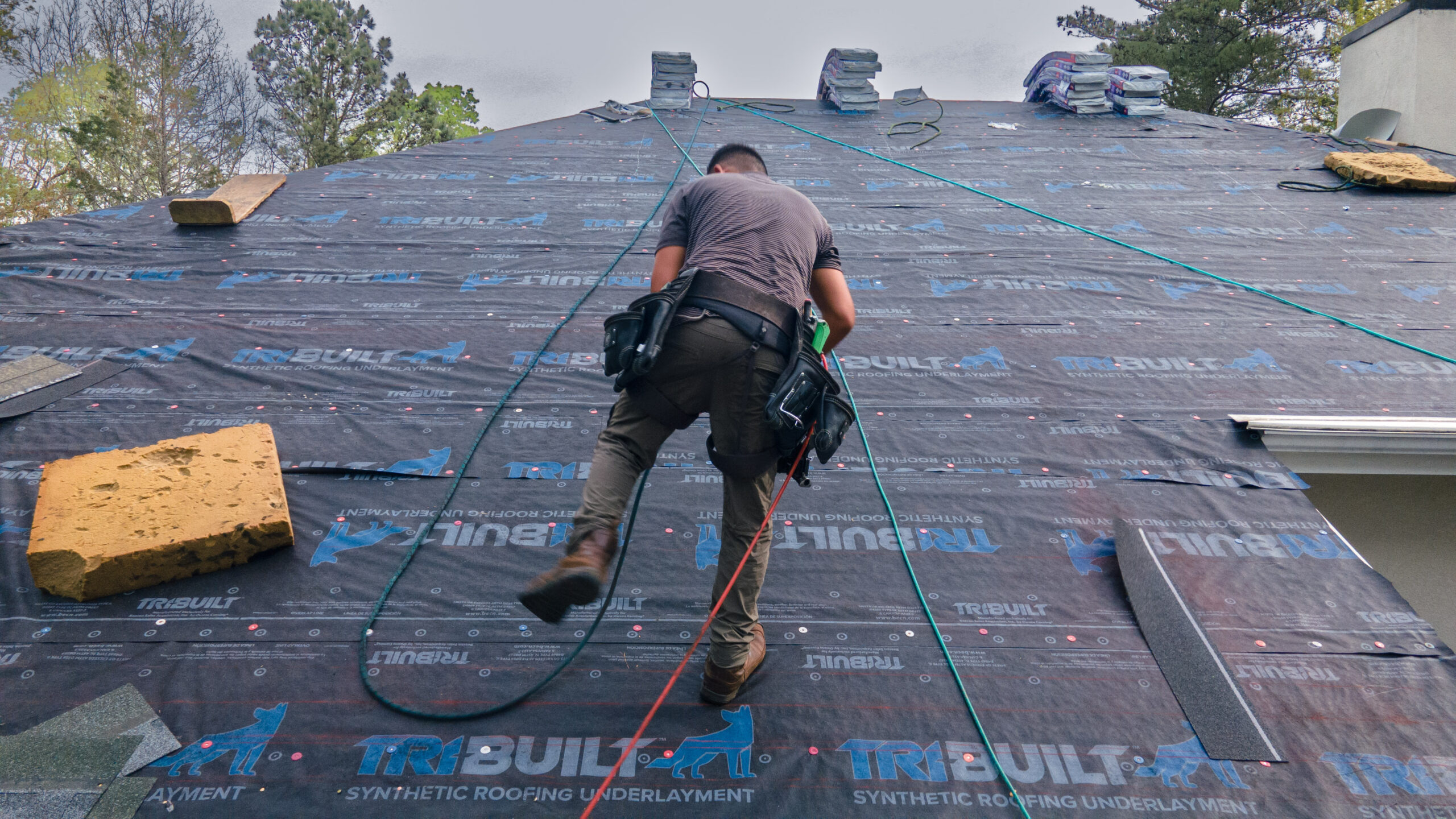Understanding TPO Roofing Systems
What is TPO roofing material?
TPO, short for thermoplastic polyolefin, is a single-ply roofing membrane known for its durability and resistance to UV rays, chemicals, and wear and tear.
Benefits of TPO roofing over asphalt shingle roofs
TPO roofs are more durable and energy-efficient compared to asphalt shingle roofs, making them an attractive option for both commercial and residential flat roofs.
Common applications of TPO roofing
TPO roofing is widely used on flat roofs of commercial buildings, residential homes, and industrial facilities due to its strength and energy efficiency.
Identifying Common TPO Roof Damage
Punctures and tears
Punctures and tears can occur due to falling debris, foot traffic, or sharp objects impacting the roof.
Blisters
Blisters can form on the TPO membrane, which can affect both the appearance and the structural integrity of the roof.
Seam separation
Heat-welded seams of TPO roofing can separate over time due to improper installation, aging, or adverse weather conditions.
Weather damage
TPO roofs are susceptible to damage from severe weather, including high winds, heavy rain, and hail.
Aging and neglected maintenance
Without regular maintenance, aging TPO roofs can develop issues such as debris accumulation, leaks, and drainage problems.
Preparing for TPO Roof Repair
Gathering necessary tools and materials for roof repairs
Essential tools and materials for TPO roof repair include a utility knife, TPO seam cleaner, TPO seam primer, and a heat gun.
Safety precautions for TPO roof repair
Ensure safety by using proper footwear, gloves, and eye protection during repairs.
Assessing the damage and determining the repair approach
Thoroughly assess the damage, gather the necessary tools and materials, and plan the repair process.
TPO Roof Repair Techniques
Cleaning and priming the damaged area
Clean the damaged area with TPO seam cleaner to remove dirt and contaminants.
Cutting and applying the patch
Cut a TPO patch slightly larger than the damaged area and apply it over the damaged section.
Heat welding the seams
Use a heat gun to weld the seams of the patch to the existing TPO membrane.
Seam rolling and checking for leaks
Use a seam roller to ensure proper adhesion and remove air bubbles or wrinkles, then check for leaks.
Factors Affecting TPO Roof Repair Cost
Size of roof and extent of damage
Repair costs vary based on the roof size and damage extent.
Roofing repair permits and location
Permit requirements and location can influence repair costs.
Time of year and labor costs
Repair costs can fluctuate based on the time of year and labor expenses.
Maintenance Tips for a Leaky-Free TPO Roof
Regular inspections and maintenance to prevent future damage
Routine maintenance is vital for preserving the condition of your TPO roof.
Addressing ponding water and debris
Improve drainage by installing tapered insulation to prevent water accumulation.
TPO roof coatings and restoration
Applying TPO roof coatings can provide additional protection against leaks, debris, and UV rays.
Choosing the Right Approach for TPO Roof Repair
DIY vs. hiring a professional for TPO roof repair
While DIY repairs can save money, professional contractors offer expertise and reliability.
Benefits and drawbacks of DIY TPO roof repair
DIY repairs are cost-effective but require specific skills and knowledge.
How to choose a qualified roofing contractor for roof repairs
Research and compare contractors to select the best one for your TPO roof repair needs.
Conclusion
Recap of TPO roof repair guide
This guide covers everything from identifying damage to choosing the right repair approach for TPO roofs.
Importance of proper TPO roof repair and maintenance for a leaky-free roof
Effective TPO roof repair and maintenance are essential for a durable, leak-free roof and prolonging its lifespan.


